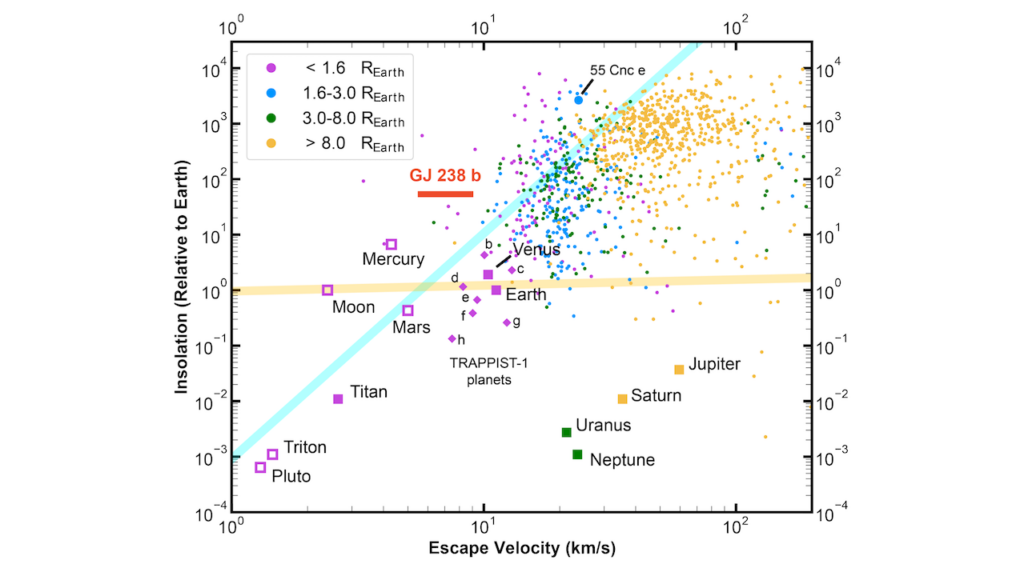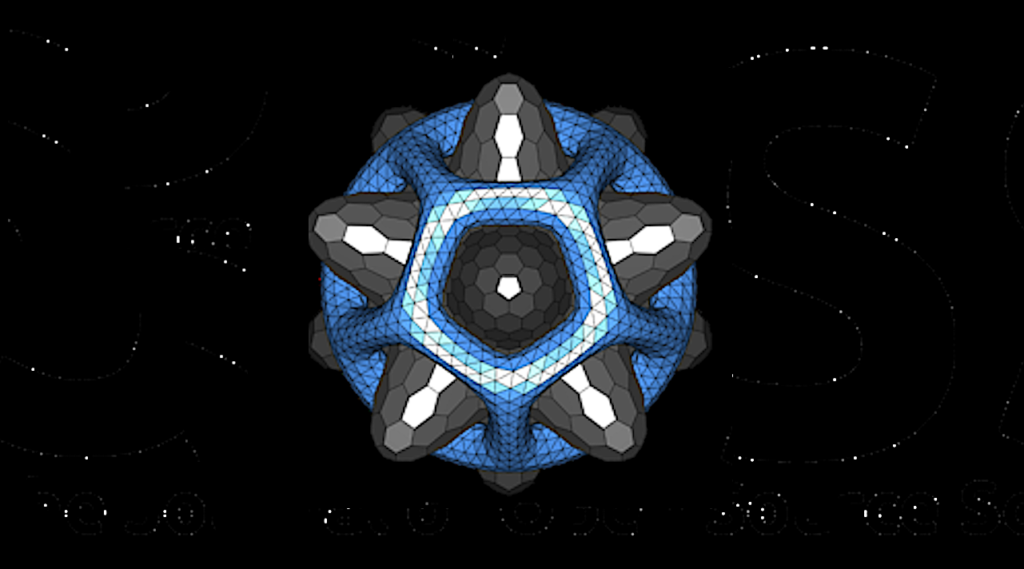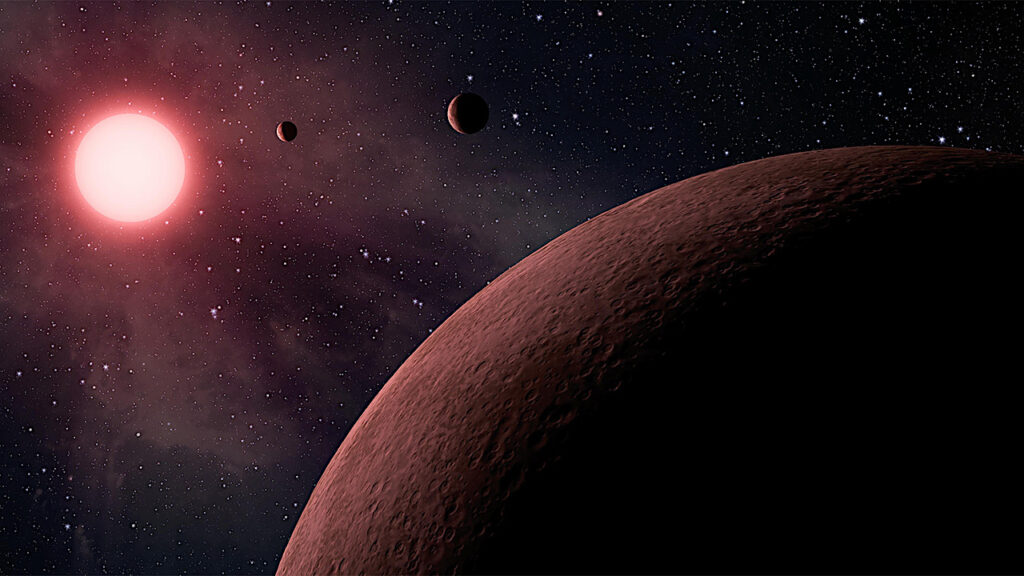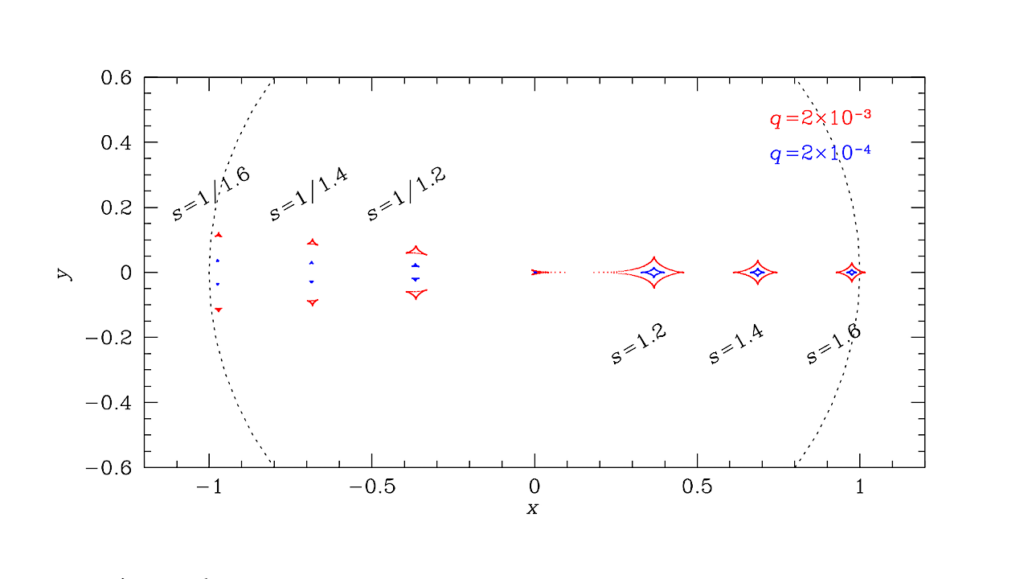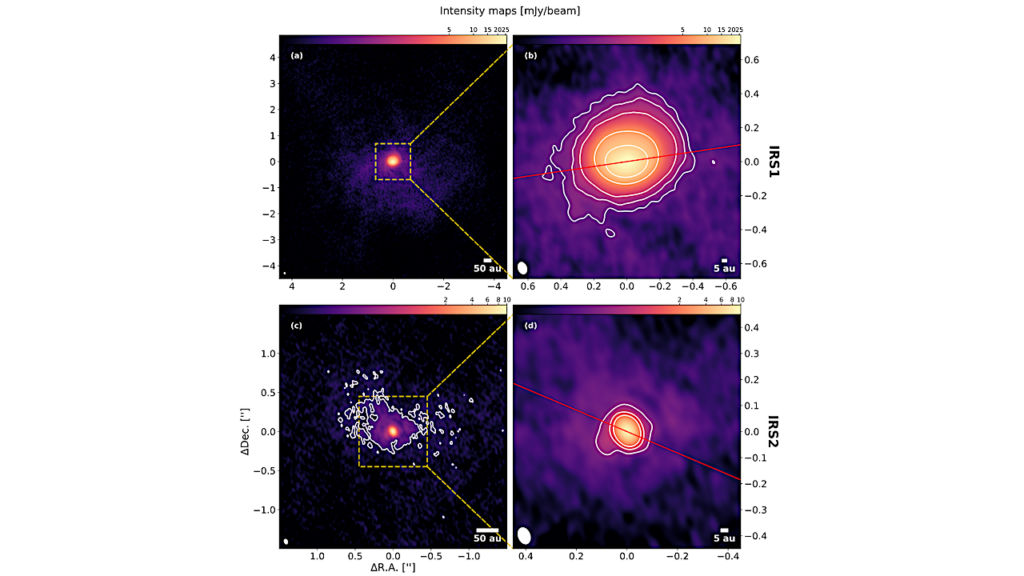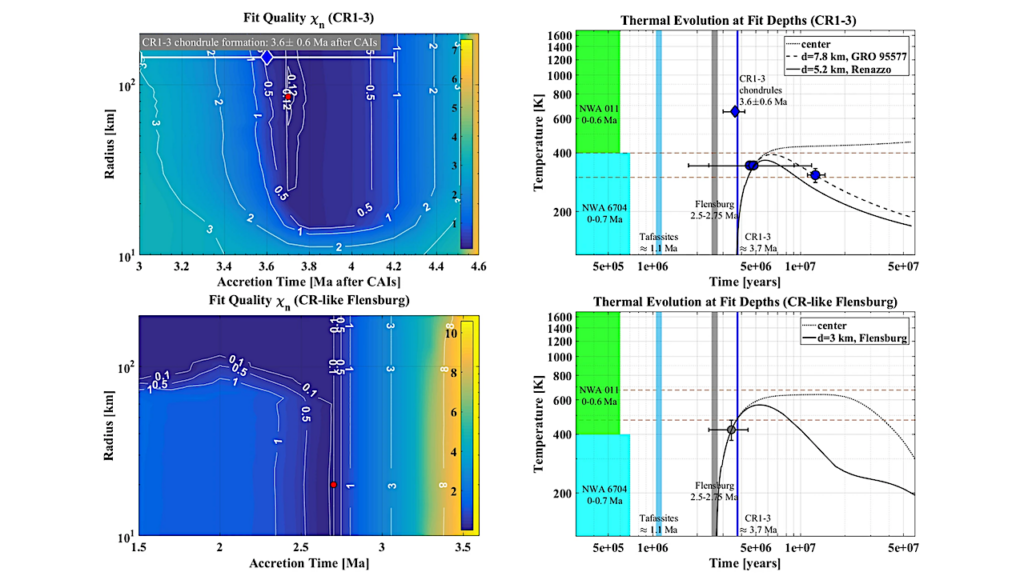EDEN: Sensitivity Analysis and Transiting Planet Detection Limits for Nearby Late Red Dwarfs

Small planets are common around late-M dwarfs and can be detected through highly precise photometry by the transit method. Planets orbiting nearby stars are particularly important as they are often the best-suited for future follow-up studies.
We present observations of three nearby M-dwarfs referred to as EIC-1, EIC-2, and EIC-3, and use them to search for transits and set limits on the presence of planets. On most nights our observations are sensitive to Earth-sized transiting planets, and photometric precision is similar to or better than TESS for faint late-M dwarfs of the same magnitude (I=15 mag).
We present our photometry and transit search pipeline, which utilizes simple median detrending in combination with transit least squares based transit detection (Hippke & Heller 2019).For these targets, and transiting planets between one and two Earth radii, we achieve an average transit detection probability of 60% between periods of 0.5 and 2 days, 30% between 2 and 5 days,and 10% between 5 and 10 days. These sensitivities are conservative compared to visual searches.
Aidan Gibbs, Alex Bixel, Benjamin Rackham, Daniel Apai, Martin Schlecker, Nestor Espinoza, Luigi Mancini, Wen-Ping Chen, Thomas Henning, Paul Gabor, Richard Boyle, Jose Perez Chavez, Allie Mousseau, Jeremy Dietrich, Quentin Jay Socia, Wing Ip, Chow-Choong Ngeow, Anli Tsai, Asmita Bhandare, Victor Marian, Hans Baehr, Samantha Brown, Maximilian Haberle, Miriam Keppler, Karan Molaverdikhani, Paula Sarkis
(Submitted on 24 Feb 2020)
Comments: Accepted to AJ
Subjects: Earth and Planetary Astrophysics (astro-ph.EP); Instrumentation and Methods for Astrophysics (astro-ph.IM); Solar and Stellar Astrophysics (astro-ph.SR)
Cite as: arXiv:2002.10017 [astro-ph.EP] (or arXiv:2002.10017v1 [astro-ph.EP] for this version)
Submission history
From: Aidan Gibbs
[v1] Mon, 24 Feb 2020 00:04:39 UTC (873 KB)
https://arxiv.org/abs/2002.10017
Astrobiology


